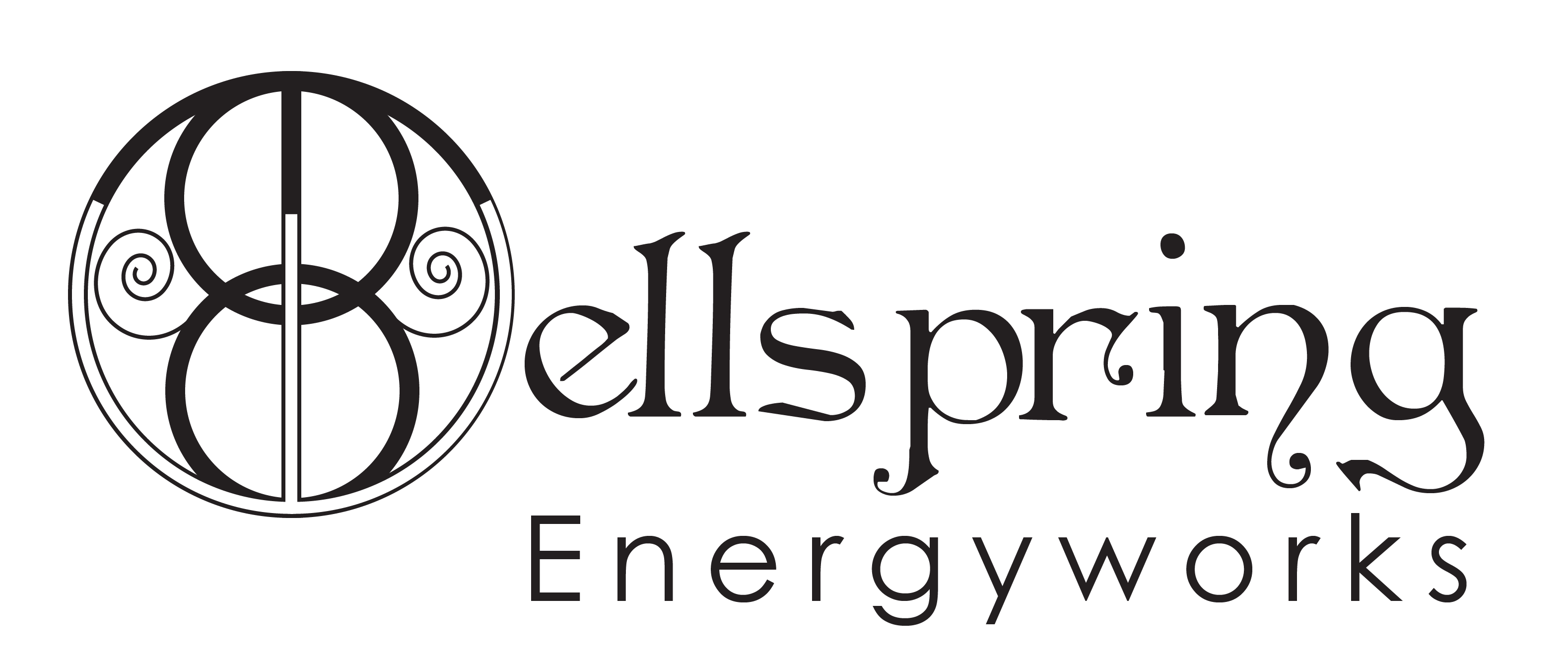3 Tips to Put Perfectionism and Procrastination in Perspective

Perfectionism and Procrastination steal your time and energy
Are you someone who has the best of intentions when it comes to decluttering, but you get so caught up in the details that you make little progress? Is perfectionism a struggle for you? Do you find yourself spending more time thinking about decluttering than actually doing it?
I feel your pain, my friend. Let me introduce you to two of my demons: Perfectionism and Procrastination. These two specialize in causing suffering and lost opportunities. I have lived with them all of my life and know them well. It was not a huge surprise when I started the process of decluttering and optimizing the energy of my house that they would poke their noses into that endeavor as well.
Perfectionism might be better known as a virtuous lie. Doesn’t it sound like a good thing, to be striving for perfection? While I am all for the concept of working to improve my life and the world around me, perfectionism is when you start to expect that it should be perfect. It’s what happens when you equate the success or failures of your ventures with the success of your life.
It’s the difference between saying, “My project failed,” and “I am a failure.”
I’d like to share with you the story of a very successful failure in my life, and how I dealt with the demons of perfectionism and procrastination along the way.
Recovering the Favorite Chair
My wife, Kelly, has a favorite chair. It’s where she begins each day with her morning devotions. When she works at home, she frequently chooses this chair for her workspace. The original slipcover fabric was not very sturdy. After years of use (and cats), it was looking pretty tattered. Every time I sat in the living room and looked at that chair, I could feel my energy take a nosedive. When we had people over to our home, both of us wanted to move the chair into another room.
It was time to do something about the chair.
Getting rid of it seemed foolish. It was structurally sound and, well, it was Kelly’s favorite chair. We had looked online for slipcovers, but nothing would fit its size and shape. Finally, I relented and took a look at it with my seamstress’ eyes. How hard would it be? I had fitted dresses plenty of times, and unlike garment fittings, the chair doesn’t mind if you stick a pin in it.
I pondered the project for months, wondering if I had the skills to do this. Finally, I took a deep breath and told Kelly that I wanted to go shopping for material to recover her chair. She was thrilled, and we bought a sturdy, green upholstery fabric that matched our other furniture. Suddenly, I was financially committed to the project - no more stalling.
BOLD Chair Action!
 I bought a bolt of muslin as well, planning to make my fitting mistakes on the cheap fabric until I had a working pattern. There were four pieces to be made: a slipcover, a top cushion, a bottom cushion, and an ottoman cover. I started in with the slipcover and immediately ran into problems. It was slow going, and I was spending hours fitting the muslin with little to show for my efforts. After putting in about 12 hours on that part of the project, I was frustrated and losing confidence in my ability to do the job.
I bought a bolt of muslin as well, planning to make my fitting mistakes on the cheap fabric until I had a working pattern. There were four pieces to be made: a slipcover, a top cushion, a bottom cushion, and an ottoman cover. I started in with the slipcover and immediately ran into problems. It was slow going, and I was spending hours fitting the muslin with little to show for my efforts. After putting in about 12 hours on that part of the project, I was frustrated and losing confidence in my ability to do the job.
Tip #1 – “Perfect” is a productivity killer. It’s not just unattainable, it is unkind to our creative selves. If we are learning something new, it should be a given that we are going to make mistakes. Yet, the demon of perfectionism leans close and points out every flaw as if the learning curve was supposed to be a vertical line! Our creative selves recoil from the criticism and stop putting forth new ideas and solutions. Instead of leaning into the experience of learning from our failures, we shy away from trying again.
Perfectionism breeds Procrastination
So, I started to procrastinate. I found excuses as to why I couldn’t work on the project. And instead of looking at the tattered chair cover, I was faced with the naked chair form, practically begging me for its promised garment. Kelly was a good sport, but I could tell that she was wondering if her chair would ever be finished.
I felt so bad – I had actually made her favorite chair WORSE. I realized that I was trying to make the chair look perfect and that perfection was not a very practical goal for my first upholstery job.
Tip #2 – Instead of avoiding a daunting task altogether, take smaller, intermediate steps to build confidence and skill. There’s an old joke that goes something like this: “How do you eat an elephant? A bite at a time.” Try breaking up the project into smaller, manageable segments, and allow yourself to feel a sense of accomplishment and momentum as you move through them.
Get some Perspective
I took a step back from the project. Covering the cushions is just a couple of panels, a side, and a zipper. That’s no big deal, right? So, I set aside the slipcover and tackled the bottom cushion. With a day’s work, I came up with a decent looking cover and it fit pretty well. Not perfect, but a whole lot better than the shredded cover it was replacing.
I put the finished cushion on the naked chair with the top cushion that was still wearing the old fabric. It looked pretty good, and Kelly was able to sit in her chair again. Now when I looked at the chair, I saw a completed cushion. This gave me the confidence to cover the back cushion and the ottoman. I hoped that would build the skills to take another stab at the slipcover.
Perfectionism and procrastination kill progress, and they suck the forward momentum out of things that are important to us. I remember hearing the adage, “If you can’t do a thing right, then don’t do it at all.” Nope. This is bullshit. If I let myself believe this, then I never would have taken on this project at all.
Perfect doesn't exist
Did I make mistakes? Oh yes – lots of them. But I learned so much from them. By working on the easier pieces, I was able to make progress and to feel positive about the project. Plus, I gained skill and confidence from my forward momentum.
When I found myself continuing to struggle with the project, it was time to make another decision about how I was using my energy. Was it really worth the time and effort for me to struggle and lose my momentum? Did it make sense to keep slogging at this?
Tip #3 - Don’t get distracted by what it may take to complete a task (especially if you don’t possess that skill). Keep your eye on the goal and don’t be afraid to ask for help.
I gave myself permission to turn over the remaining fabric to an upholsterer to finish the job. After all, the whole point was to have a beautiful chair, not for me to become an ace upholsterer. There are bigger and better projects that are far more interesting to your Creative Self. Honoring your time and energy is the best way to keep your creativity fuelled and healthy for the next adventure.

Clear your Space - Recharge your Self - Direct your Life
Latest posts by Christina Laberge (see all)
- Scent and Creating Sacred Space at Home - November 28, 2018
- Sacred Sound – Enhance Your Home - November 21, 2018
- Moving Cross-Country with Less Stress - October 4, 2018
